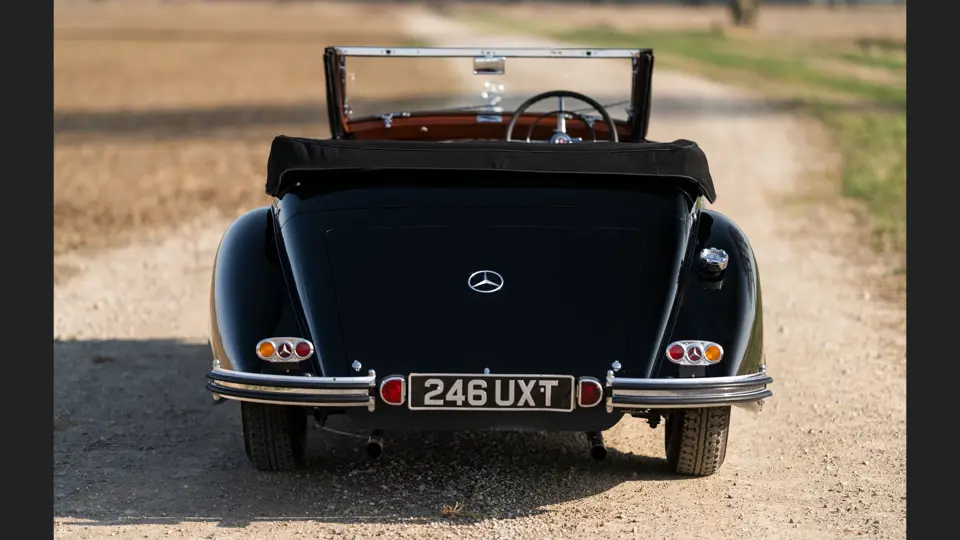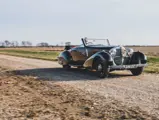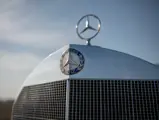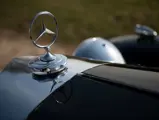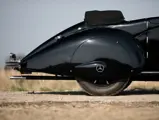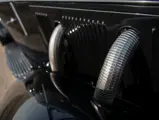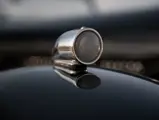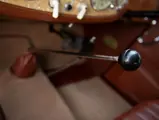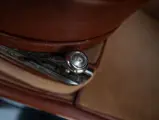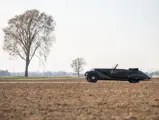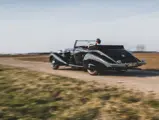
1935 Mercedes-Benz 500 K Three-Position Roadster by Windovers
{{lr.item.text}}
$1,600,000 USD | Sold
{{bidding.lot.reserveStatusFormatted}}
- Inarguably one of the most beautiful custom bodies on the supercharged 500 K
- Spectacular aerodynamic design
- Originally delivered to World War II hero William Henry Rhodes-Moorhouse
- Well-maintained restoration in elegant colors; original chassis, engine and body
- Classic Car Club of America (CCCA) Full Classic
Like several other Full Classic marques, the supercharged eight-cylinder Mercedes-Benz models of the late 1930s were all almost entirely fitted with coachwork by the manufacturer’s own Sindelfingen coachworks. Factory coachwork was successful in being both attractive and well-built, thus in the case of the 500 K model, of which 342 chassis were constructed, only 41 of those were sold as bare chassis to be clothed by outside coachbuilders, and perhaps only ten or so of those received bodies by British coachbuilders. One of those surviving British-bodied Mercedes is the rather extraordinary automobile offered here, which in the slippery audaciousness of its full-figured curves outshines many of the best-recognized factory cabriolets and roadsters produced by Sindelfingen.
A HERO’S 500 K
Chassis number 123699 features a one-off body crafted by the renowned old British firm of Windovers, and it is one of two similar bodies fitted by Windovers to the 500 K chassis. Best-remembered for their extensive catalogue of work on Rolls-Royces prior to World War II, Windovers gave this 500 K Three-Position Roadster seductive teardrop-shaped pontoon-style fenders without sidemounted spares; a raked windscreen; curved running boards; fully skirted rear fenders; and a delicate, scroll-like beltline molding. Perhaps most unique to the body mounted to chassis no. 123699 was the long, smooth, and very attractive tail that gently tapered from the edges. The design of the top was especially ingenious in that it provided the benefits of the traditional British three-position top of the period, while incorporating a hinged “top panel” that allows for all but a small ribbon of neatly folded top to disappear beneath the panel. This eliminates the massive folded convertible top “stack” common to most Sindelfingen convertible 500 and 540 Ks.
Overall, the completed design frankly looked more typically French than British, and one could easily be forgiven for mistaking it for a work by Figoni et Falaschi! Ironically, some design elements may have been inspired by an American, with the lines bearing strong resemblance to a 3½-Litre Bentley also coached by Windovers around the same time that was reportedly influenced by Howard “Dutch” Darrin. The tapered fenders and long tail of chassis no. 123699 have also been favorably compared to another fine piece of British coachwork on a supercharged Mercedes, the revered Count Trossi SSK.
If chassis no. 123699 looked the part of an automobile commissioned by a wealthy young sport, that was no coincidence, as it had indeed been ordered by William “Willie” Henry Rhodes-Moorhouse. The young man’s father, William Barnard or “Will,” had been a pioneering British aviator who posthumously received the first Victoria Cross for aerial combat after succumbing to enemy fire over Belgium in 1915. Prior to taking up the aircraft tiller, Will Rhodes-Moorhouse had been an enthusiastic motorist who, while at university, drove a 90HP Grand Prix Fiat. In a case of the apple not falling far from the tree, the younger Rhodes-Moorhouse was an enthusiastic sportsman who was selected as a member of the British ski-jumping team for the 1936 Winter Olympics; he also obtained his pilot’s license and was avidly interested in powerful automobiles. Money was no object, as the family literally owned most of New Zealand.
The 500 K was first registered in London in December 1935 as “CLB 858;” Willy Rhodes-Moorhouse took delivery the following month and apparently retained the car for some time. In September 1936 he married Amalia Demetriadi, a great beauty who would later be approached to screen-test for the role of Scarlett O’Hara in Gone with the Wind. Willy would eventually again follow his father’s example, this time into battle, and to a heroic end. He fought the Axis Powers with the legendary 601 Squadron RAF of “millionaire” aces and was awarded the Distinguished Flying Cross for his “Acts of Valor” engaging the Luftwaffe in the skies over Europe. Less than two months after receiving this esteemed honor, Willy’s Hawker Hurricane was shot down over Kent in 1940 during the Battle of Britain.
MODERN HISTORY
According to records maintained by Ronald Johnson, founder of the UK’s Mercedes-Benz Club, the second owner of chassis no. 123699, F.N. Foster, laid it up in storage for the duration of the war, September 1939 to October 1946. In November 1949 it was sold to third owner, Dr. E.F. Roberts of Chiswick. Performance Cars, Ltd., a noted salesroom of the era, advertised the car for Roberts in the mid-1950s; it was sold in December 1957, apparently still on the original registration.
In the early 1970s the 500 K, having fallen into disrepair, was acquired by the British dealer Charles Howard and, following a complete restoration under his supervision in red and black, sold to Austrian glass magnate Werner Lutzky. Lutzky exhibited the car in his private museum at Schloss Kremsegg in Kremsmunster, and apparently refinished it to all-over black late in the 1980s. It was subsequently sold in the early 1990s to another Austrian enthusiast, then returned to the United Kingdom as part of a significant collection a decade later. All the while, chassis no. 123699 fortuitously retained its original engine, and appears to retain the original serial and engine number tags.
A devoted longtime collector known for rare custom coachwork Full Classics, the current owner acquired the 500 K in 2006, after which RM Auto Restoration undertook an extensive cosmetic freshening that included paintwork, a new interior and convertible top. Subsequently the car was shown with great pride at Pebble Beach in 2007 and here at Amelia Island in 2008; it was also invited by Mercedes-Benz to be exhibited at Mercedes-Benz World at Brooklands. The restoration remains today in beautiful condition, worthy of the car that received it.
The Rhodes-Moorhouse 500 K boasts not only a beautiful design and presentation, but also superb, known history, beginning with an admirable and heroic figure—a combination that few 500 Ks can claim. It is a spectacular machine and among the most stunning of all supercharged Mercedes.




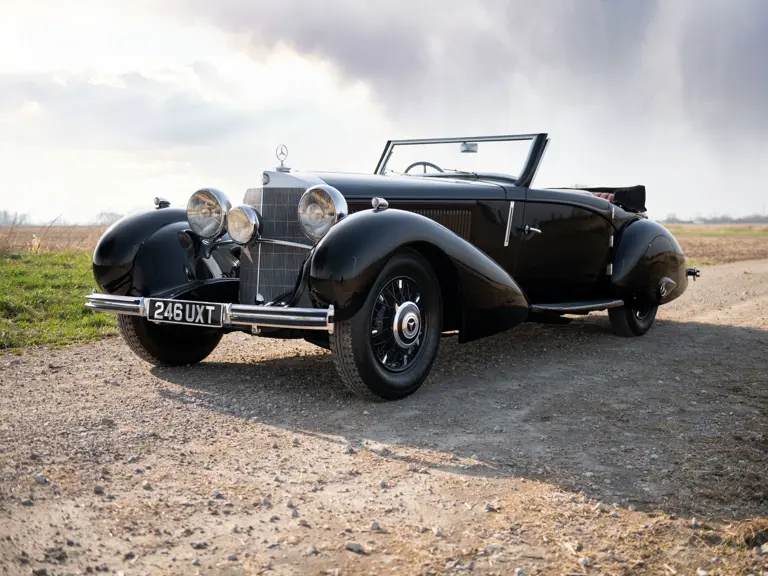





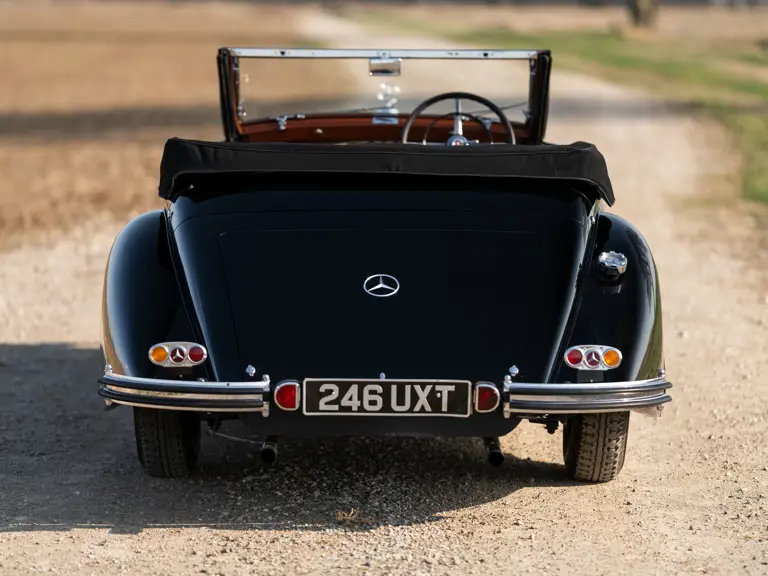

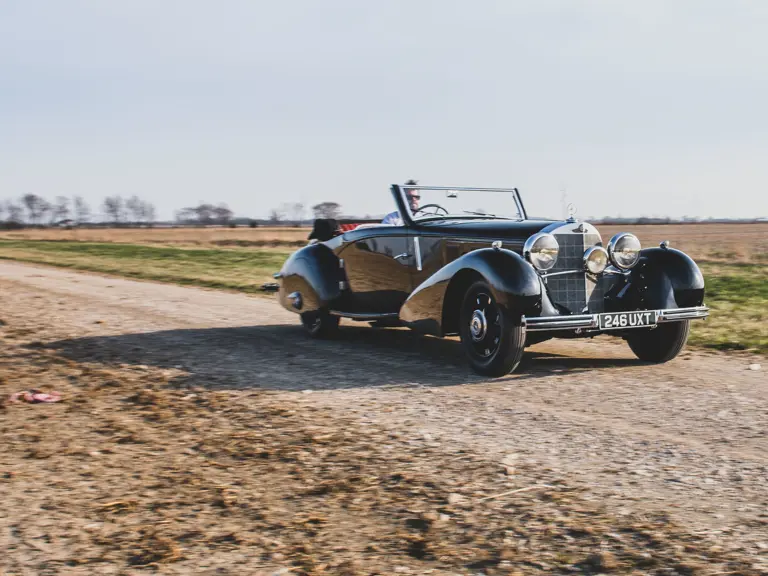


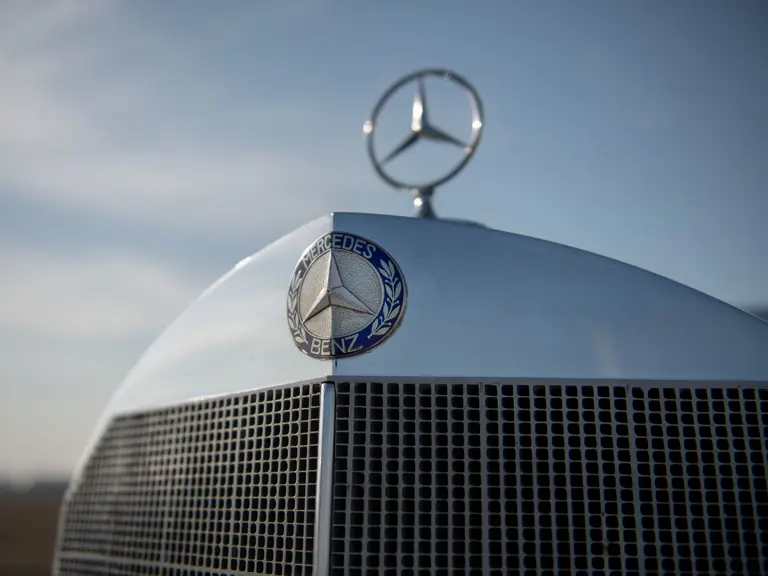

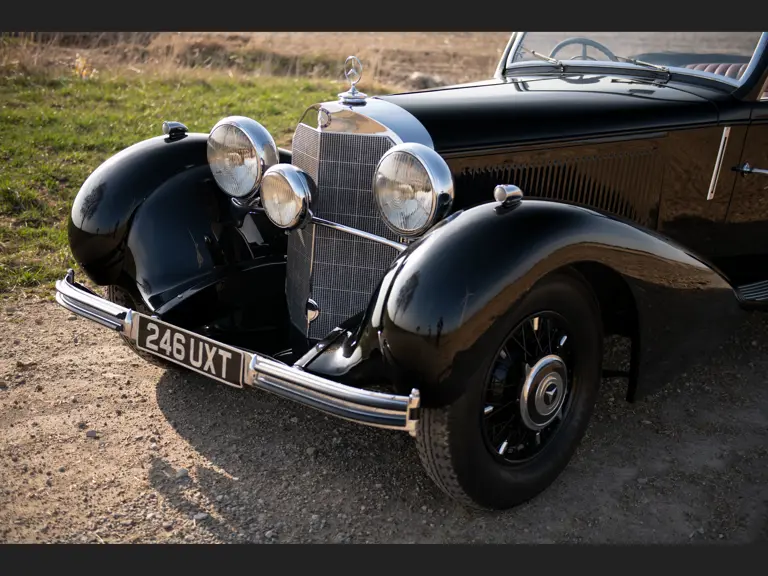

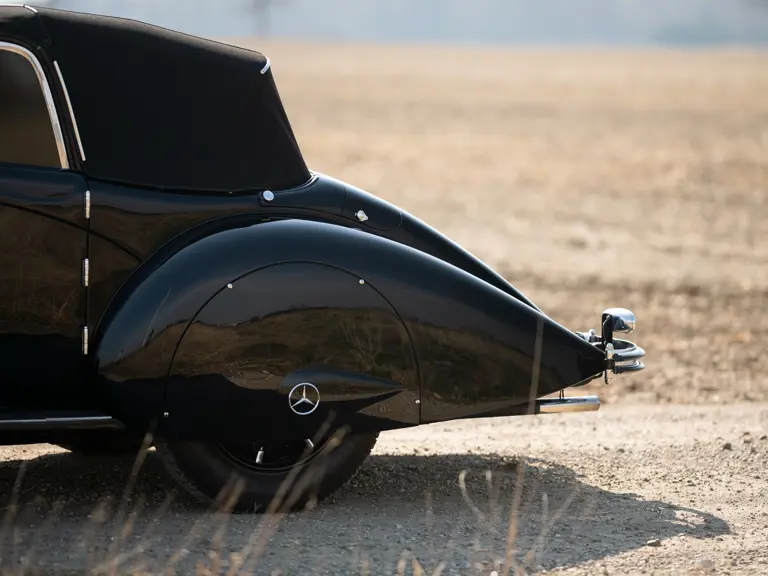
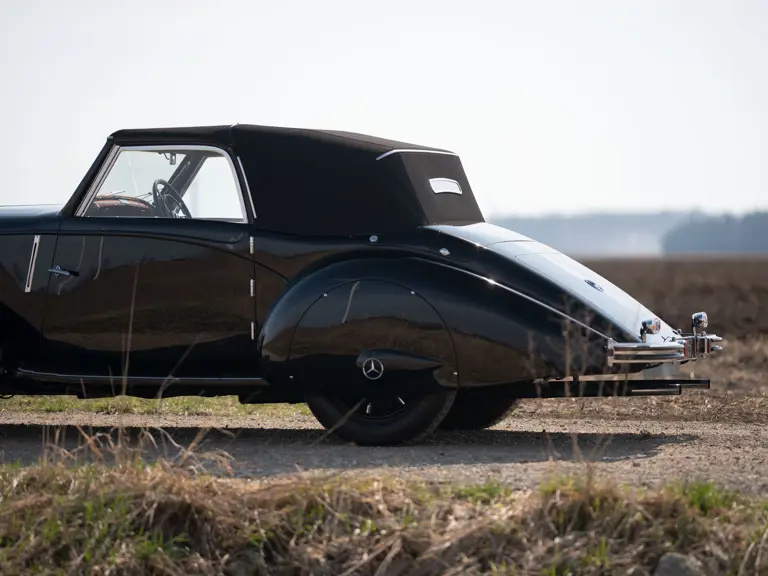
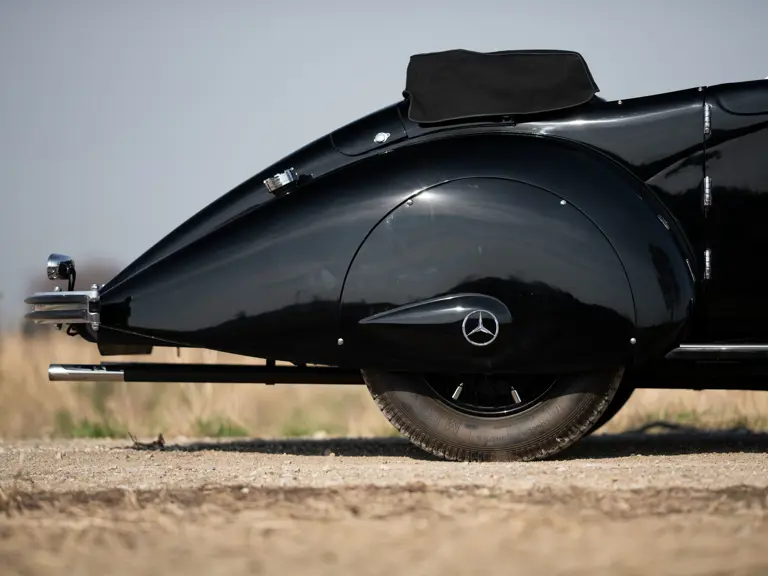




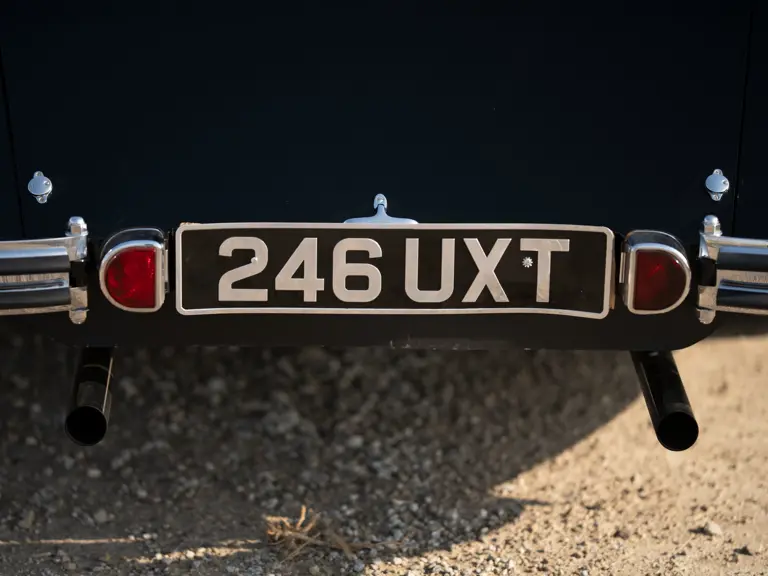






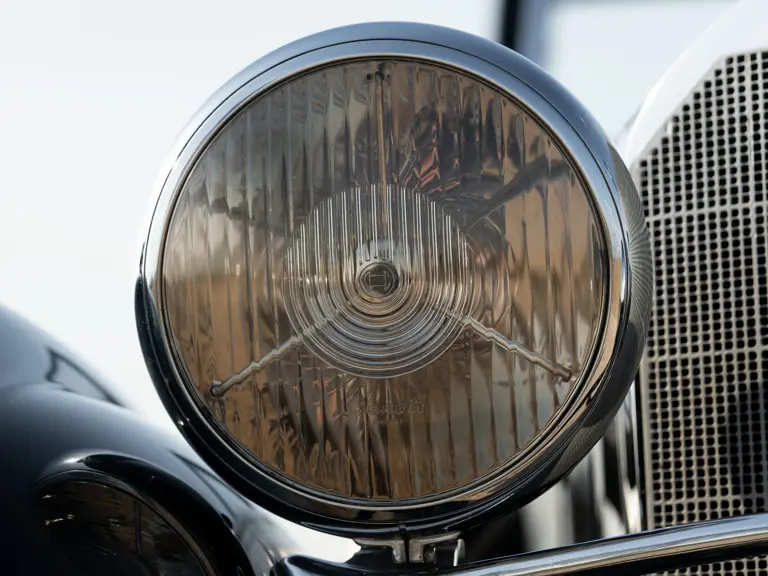
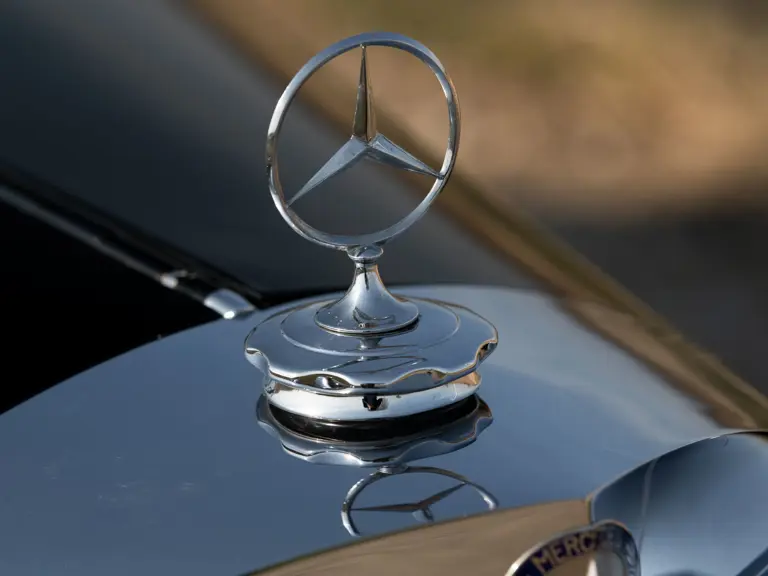








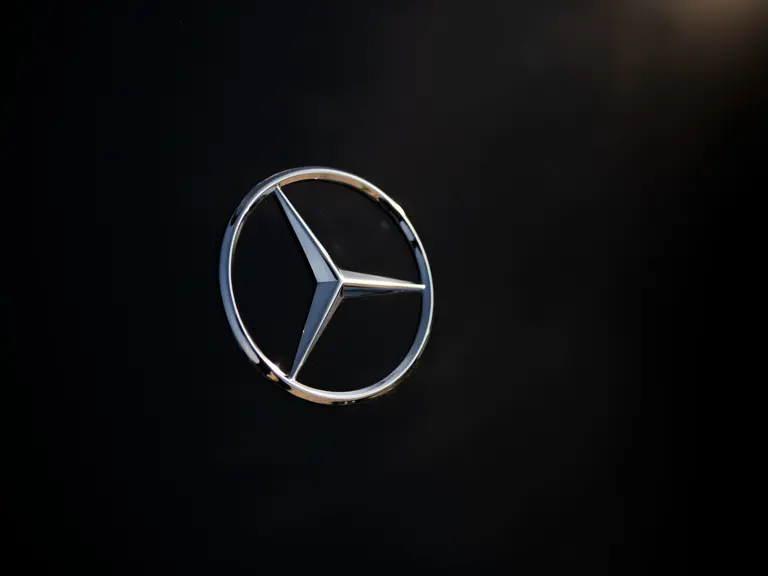














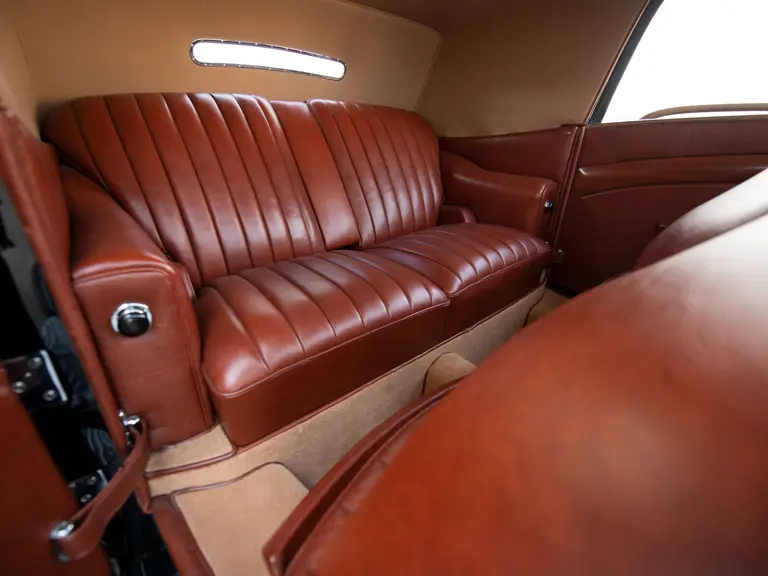









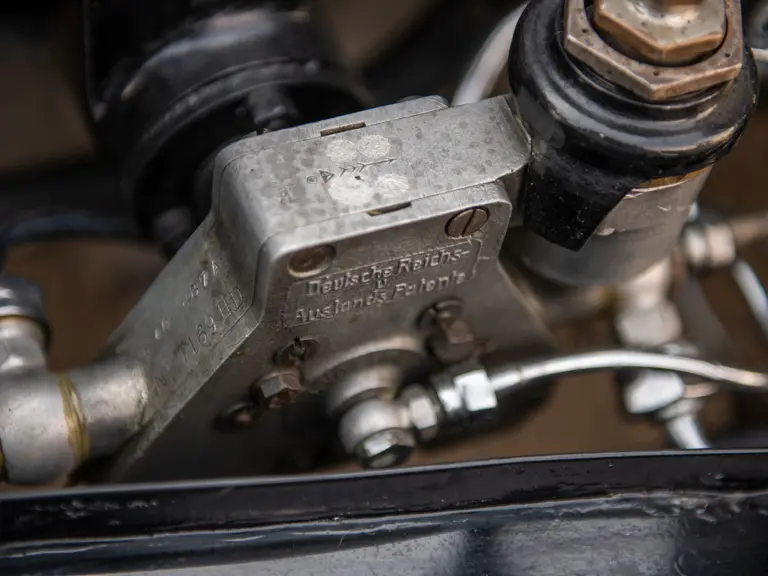



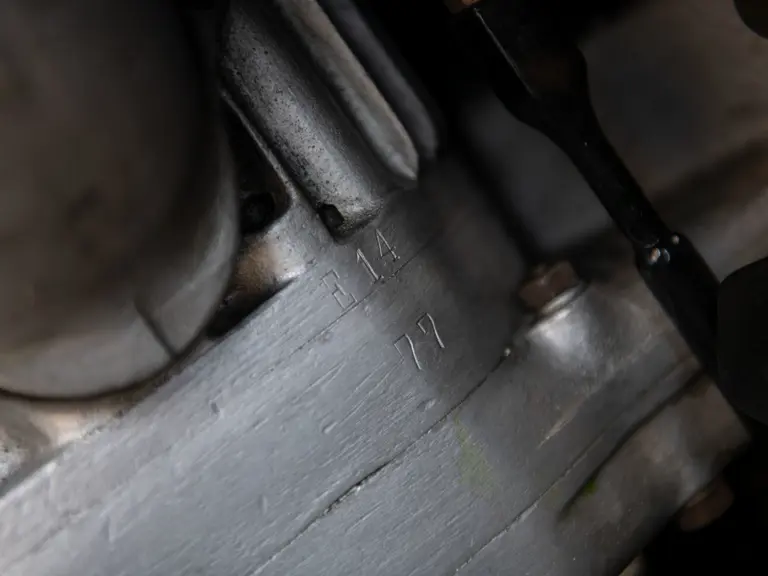


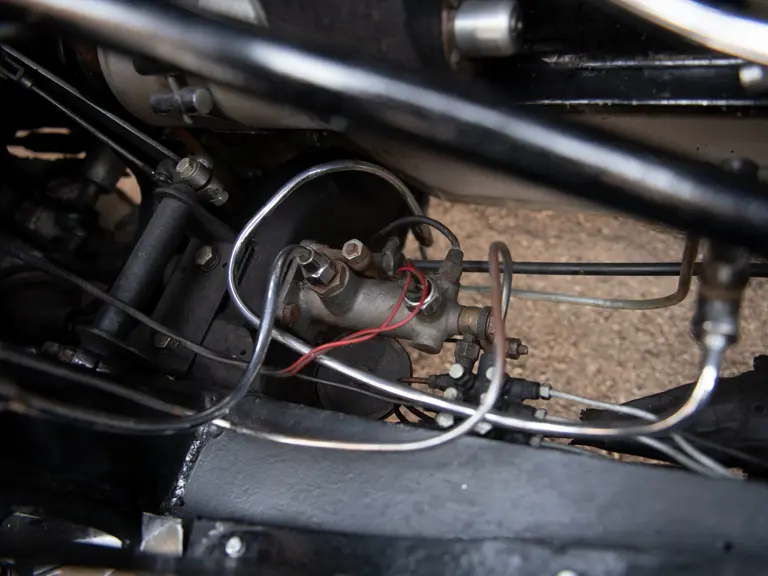







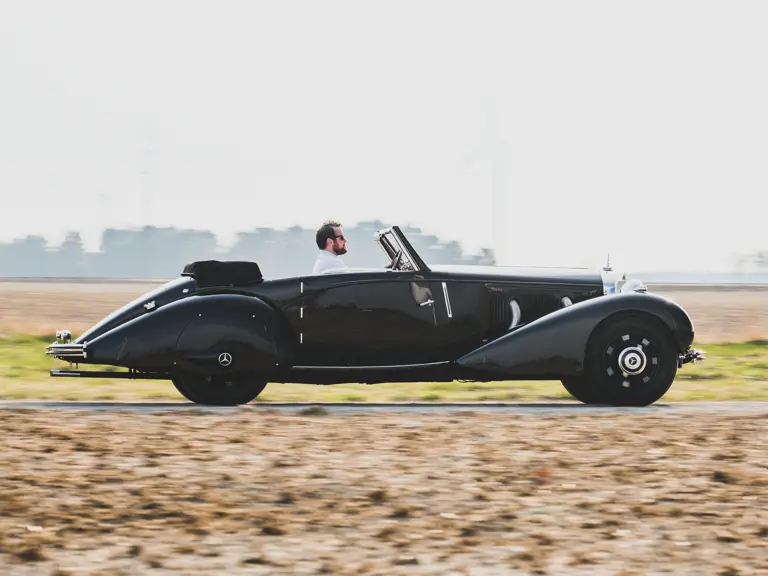






 | Amelia Island, Florida
| Amelia Island, Florida


